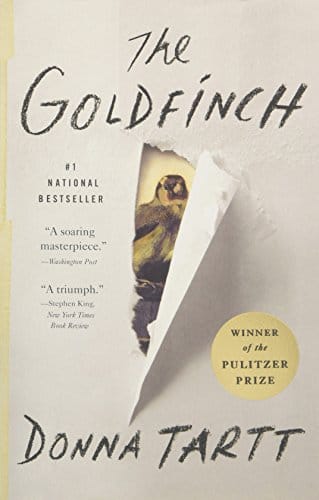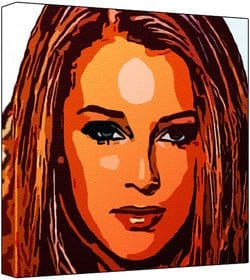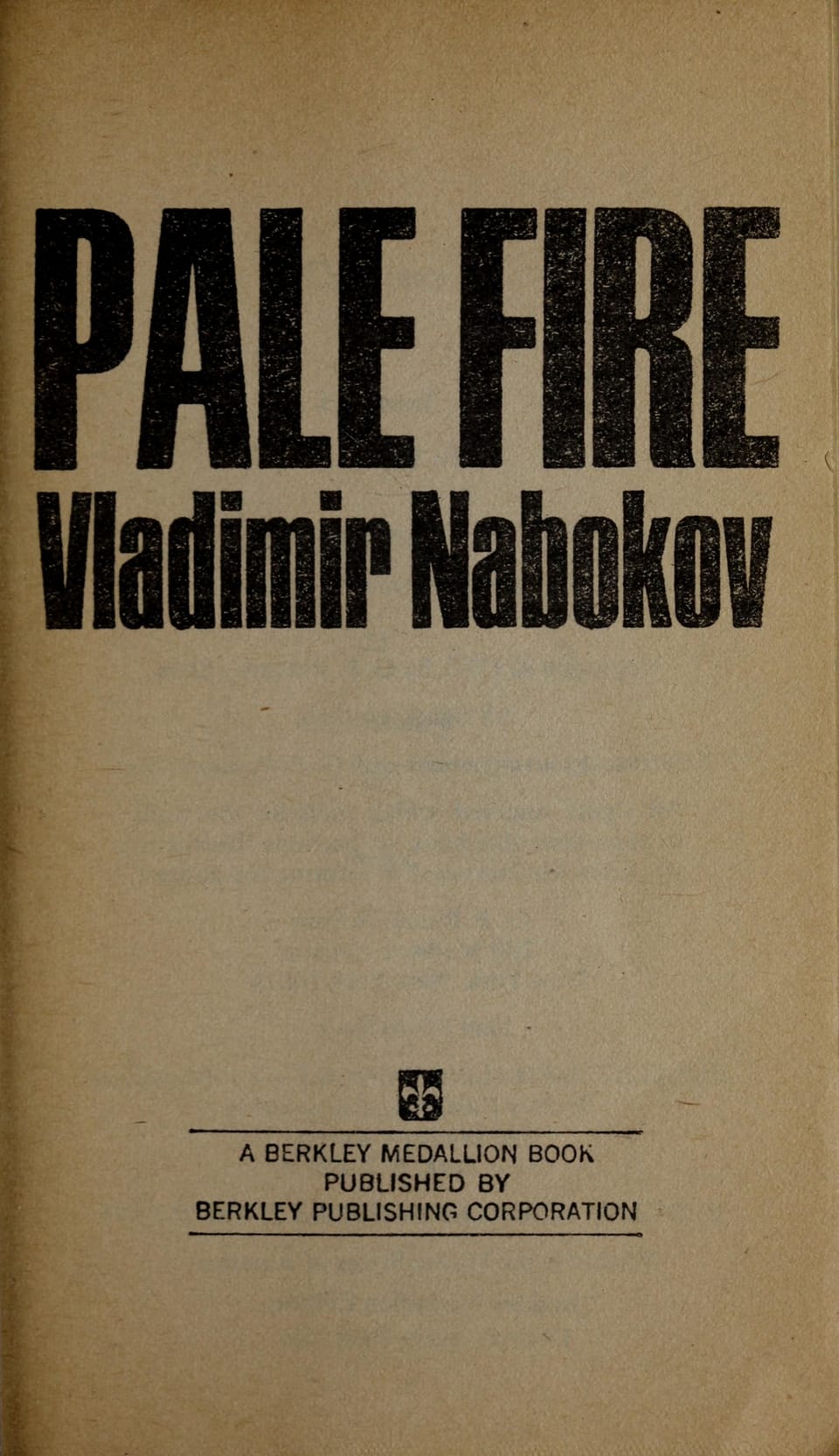The Goldfinch: An In-Depth Look at Donna Tartt’s Modern Classic
A concise guide to Donna Tartt's Pulitzer Prize winner The Goldfinch—covering plot, themes, characters, style, adaptation, and reasons the novel still resonates.

Introduction
The Goldfinch, Donna Tartt’s sweeping third novel, landed on shelves in 2013 and quickly became a literary sensation. Winning the 2014 Pulitzer Prize for Fiction, the 784-page epic follows a stolen 17th-century painting through the chaotic coming-of-age of its reluctant guardian, Theo Decker. Blending art history, thriller suspense, and emotional bildungsroman, The Goldfinch taps into questions of fate and beauty that have captivated readers worldwide. Whether you’re considering reading the book for the first time or revisiting its intricate narrative, this guide unpacks the plot, themes, characters, and enduring cultural resonance of Tartt’s acclaimed masterpiece.
Plot Overview
At just thirteen, Theo Decker survives a terrorist bombing at New York’s Metropolitan Museum of Art, an attack that kills his beloved mother and shatters his understanding of the world. Amid the smoke and rubble, a dying stranger implores him to rescue Carel Fabritius’s tiny masterpiece “The Goldfinch.” Shocked and disoriented, Theo stuffs the canvas into a tote bag and flees, unknowingly binding his fate to the fragile bird forever perched on its chained perch. The painting becomes both talisman and burden as he bounces between the polished Park Avenue home of schoolfriend Andy Barbour, a desolate Las Vegas suburb with his gambling father, and eventually an antique-restoration shop where he learns the trade of beauty and forgery.
Themes of Art, Loss, and Survival
The goldfinch chained to its perch mirrors Theo’s own bondage to memory and grief. Tartt uses art as a lifeline: while the explosion destroys Theo’s childhood, the painting preserves a piece of his mother’s passion for museums, color, and the Dutch masters. Throughout the narrative, characters cling to objects—a gold ring, a piece of furniture—searching for permanence in an unstable world. The novel suggests that beauty is not escapist fluff but a crucial survival tool, offering consoling structure amid chaos and lending meaning to seemingly random tragedy and personal redemption.
Identity, Moral Ambiguity, and the Modern Epic
Although The Goldfinch is often labeled a coming-of-age story, its moral palette is far from simple. Theo frequently lies, steals, and self-medicates, yet remains sympathetic because the reader witnesses each misstep sprouting from trauma. The plot’s intricate heist strand—complete with black-market art dealers and Russian mobsters—raises uneasy questions about ownership: does anyone truly possess a masterpiece, or are we all temporary custodians? By mingling Dickensian coincidence with twenty-first-century cynicism, Tartt crafts a modern epic that refuses neat lessons, embracing instead the messy gray areas of adulthood and the lingering consequences.
Unforgettable Characters
Beyond Theo, The Goldfinch brims with sharply drawn supporting figures who illuminate different facets of loyalty and obsession. There is Boris, the magnetic Ukrainian adolescent whose lawless charisma becomes both salvation and ruin for Theo during their desert exile. Pippa, the red-haired girl who also survived the museum blast, personifies the unreachable ideal of shared loss. Hobie, the gentle antique restorer, offers a surrogate fatherhood rooted in craftsmanship and ethical steadiness, while Lucius Reeve, the ruthless collector, personifies greed disguised as connoisseurship. Each character orbits the painting like a planet around a sun, their gravitational pulls shaping Theo’s decisions and the novel’s sweeping emotional tide for years after the climax.
Donna Tartt’s Luminous Prose
Tartt’s narrative voice is simultaneously ornate and propulsive, echoing nineteenth-century social novels while remaining firmly contemporary. She lingers over Dutch still-life descriptions, microscopic dust motes, the smell of polish on walnut, yet never loses sight of plot momentum. Long sentences unfurl like ribbon, packed with sensory detail and philosophical aside, then snap tight in moments of shock or humor. This stylistic duality heightens the theme that beauty can both soothe and unsettle: the lush language seduces readers even as it underscores the brutality of loss, addiction, and moral collapse too.
Adaptations, Awards, and Cultural Legacy
The Goldfinch’s commercial triumph was as striking as its critical acclaim. In addition to the Pulitzer, the novel topped bestseller lists for months and was translated into more than forty languages. In 2019 Warner Bros. released a film adaptation starring Ansel Elgort and Nicole Kidman, bringing Tartt’s intricate world to the big screen, albeit with mixed reviews that underscored the challenge of condensing such a sprawling narrative. The original Fabritius painting experienced a surge in museum attendance, while online forums buzzed with fan theories about symbolism. Few books so powerfully bridge high art, pop culture, and mainstream readership even today.
Why The Goldfinch Still Matters
A decade after publication, The Goldfinch continues to attract heated debate—some critics decry its melodrama, while others praise its ambition—but that very divisiveness proves its staying power. The novel dares to ask enormous questions: Can beauty justify pain? Do tragic events define us, or can we choose our own narratives? By weaving these philosophical threads through a propulsive page-turner, Donna Tartt invites readers to confront their private obsessions and hidden wounds. Few contemporary books offer such a rich, unsettling, and ultimately hopeful meditation on what it means to be alive.



